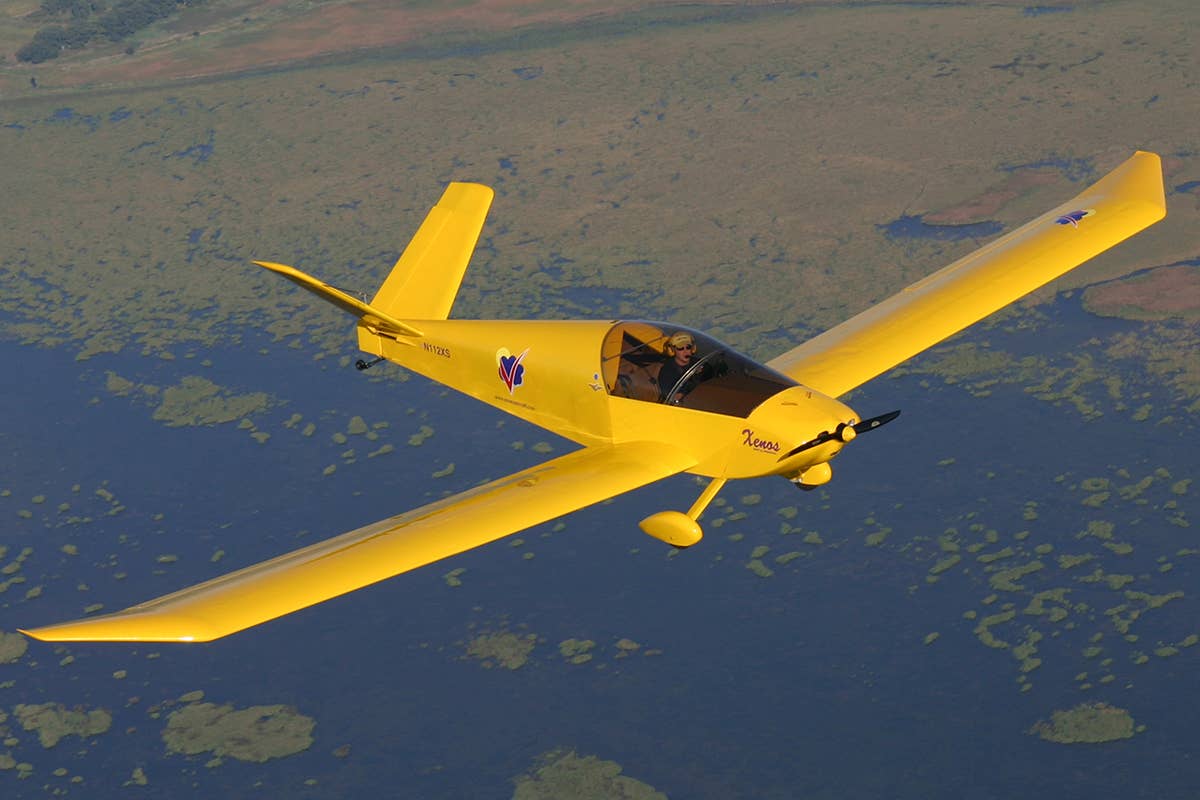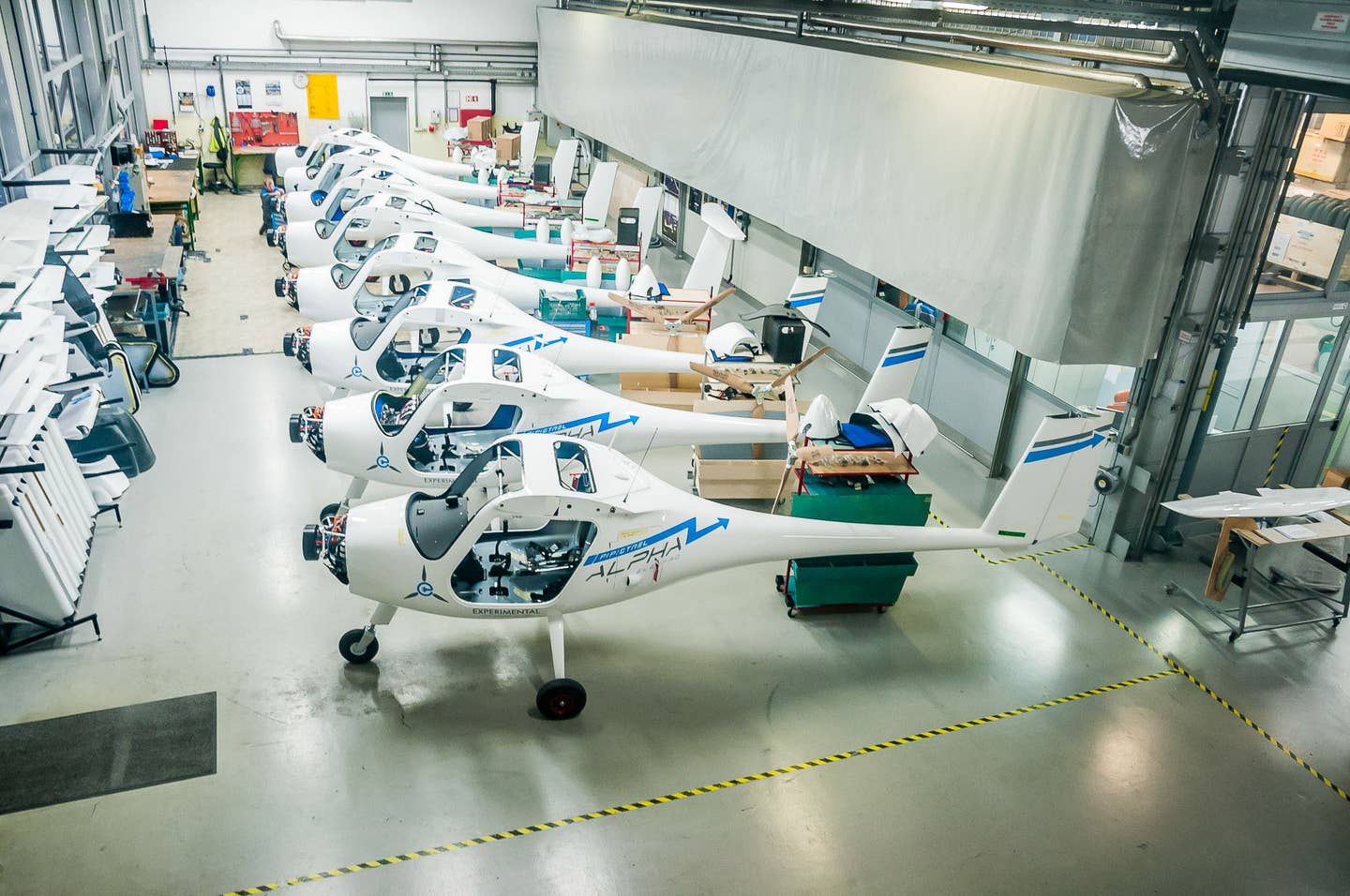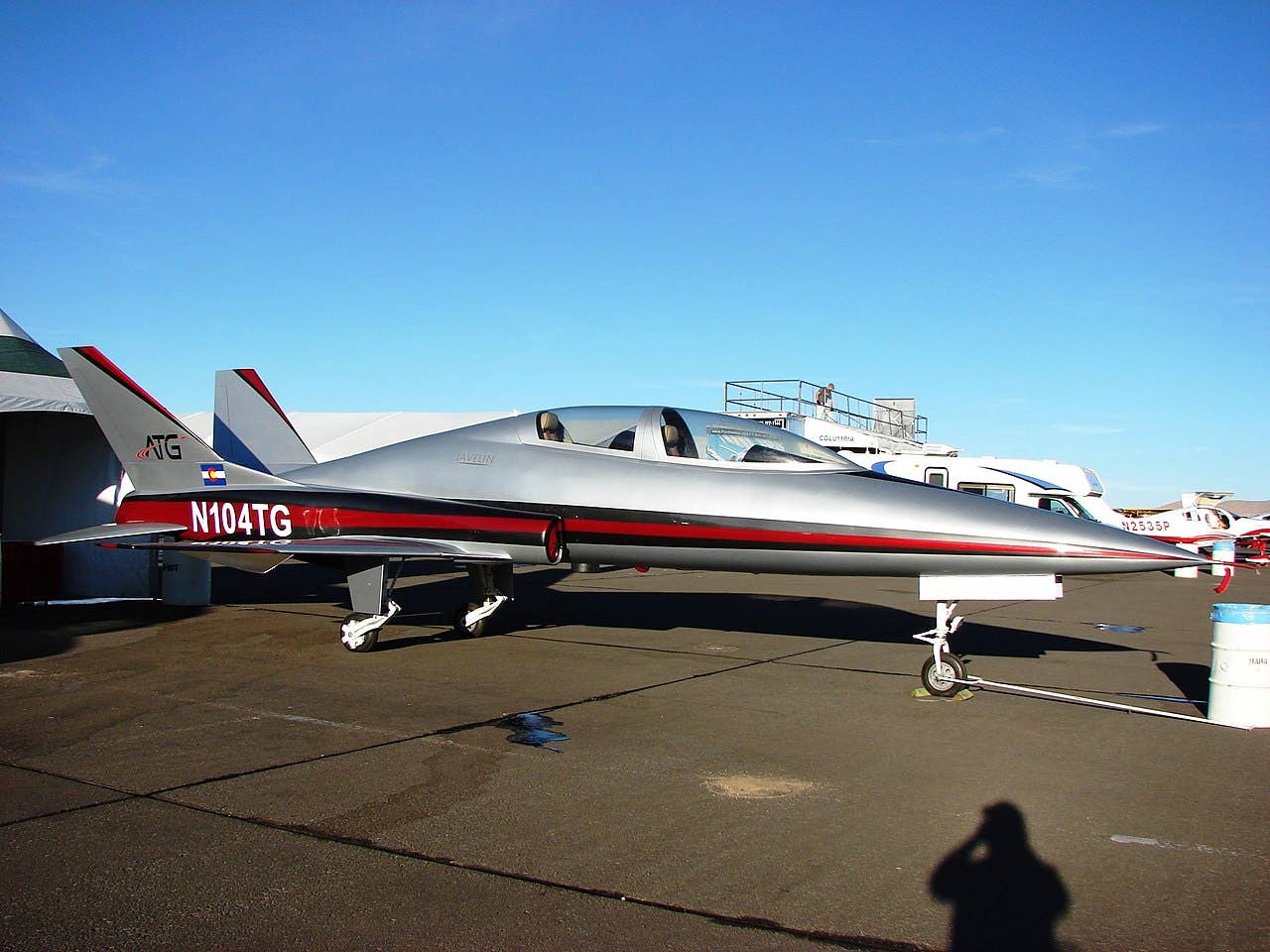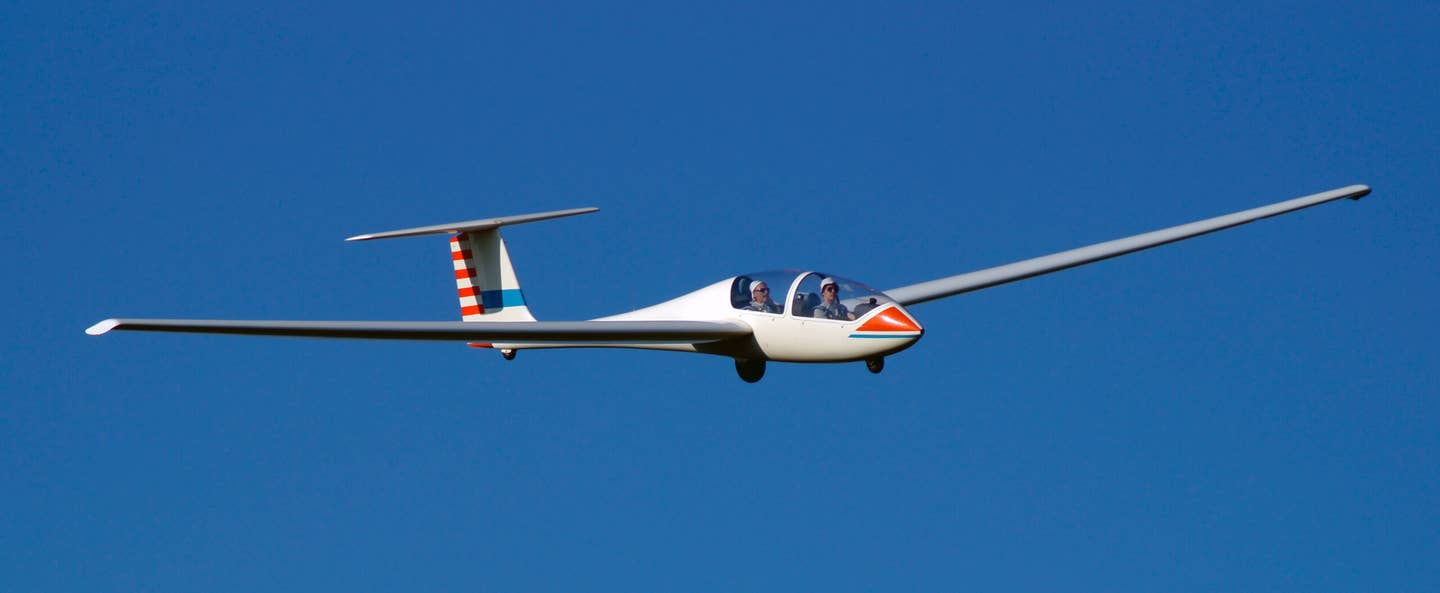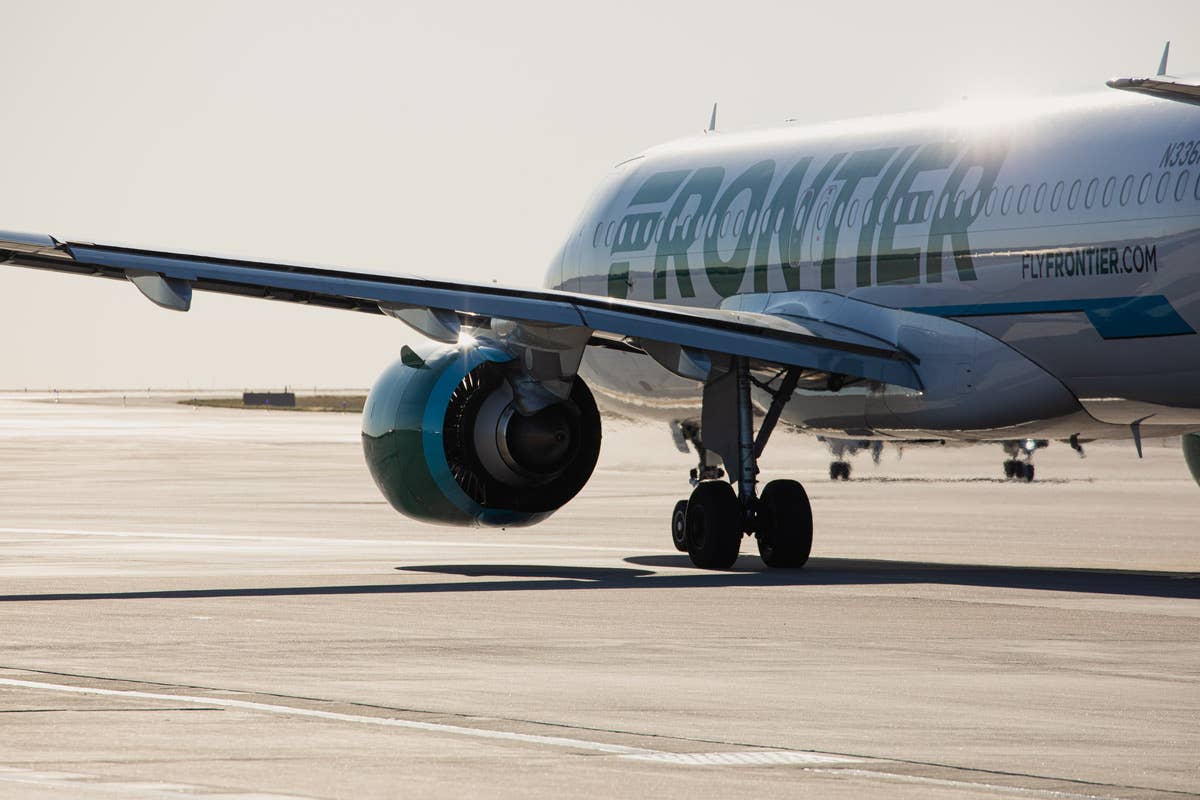Airline Pensions All But Gone? That’s a Good Thing
The tech bubble bursting and the reactions to 9/11 gave birth to a much better option.

Years ago, airline pilots got a great deal on their retirement, but things have changed. [File Photo: Adobe Stock]
Many years ago, saving for retirement was simple. You started working for a company in your 20s, stayed there for 40 years, and then that company paid you a pension for the rest of your life.
Airline pilots used to get a sweet deal. Their pension was 60 percent of final average earnings (FAE). With annual pay above $600,000 per year (in today’s numbers), a 60 percent FAE pension meant retirees would collect the equivalent of $360,000…every year…for the rest of their lives. Wow.
If you just opened a new browser tab to start filling out airline applications, you should hold your horses. Airline pensions have all but ceased to exist. I hope that understanding why will convince you that you would never want a pension in the first place.
Actuaries vs. the Four Percent Rule
We recently examined the “Four Percent Rule,” the idea that if you only spend 4 percent of your nest egg’s initial value per year, it should last you at least 30 years. Ideally, this would make it simple for an airline to calculate the funds it needs saved up for each pilot’s pension.
“A company would get in trouble with the government if it funded a pension plan too well, but if the plan is under-funded, it causes trouble for retirees.”
Let’s say a company expects to pay each retiree a more conservative $300,000 per year, it just multiplies that by 25 to see that it needs $7.5 million saved per pilot.
It turns out that our 4 percent rule is more of a conservative rule of thumb. If you follow it, you should be safe. However, it also assumes your money needs to last at least 30 years. Airlines have the luxury of planning for pilots to retire at the FAA’s mandatory retirement age of 65. They can also assume a pilot’s life expectancy is closer to the U.S. average of about 80 years.
Cutting that timeline from 30 years to just 15 means our rule of thumb doesn’t hold anymore. Instead, airlines and other retirement planners hire special statisticians called actuaries to essentially do custom versions of the trinity study for each specific situation.
An actuary can update a company each year on whether it has enough saved for pending pilot retirements, or not. Instead of assuming the long-term average performance of the stock market, actuaries are allowed to make shorter-term predictions about the future performance of the stock market. (I say this is a bad idea because most prognosticators get it wrong. However, companies allow this practice because it allows them to get away with saving less).
Ideally, you’d think that a responsible company would want to ensure they’re always on or above final glide for their pension obligations. Unfortunately, many companies choose to skimp now, relying on unknowable market performance or profits to save them later. Sometimes, even if a company wants to do the right thing by its employees, a higher power gets in the way.
Uncle Sam: The Jealous God of Taxes
The U.S. government relies on our tax dollars to exist, and he’s very picky about what exemptions and deductions he allows.
Let’s say an airline could predict a few lean years ahead and it wanted to put extra money into its pension fund to protect its employees. Ideally, the company could “over-fund” the pension plan ahead of time as a buffer against an expected downturn.
Uncle Sam allows over-funding to some degree. However, if the balance gets too high above the actuarially calculated glideslope, he starts to think the company is trying to get away without paying taxes. The IRS forbids this as tax avoidance. If a company tried to save extra anyway (because it’s the right thing to do by their people) they’d just be hit with IRS fines and penalties.
Pension Plan Catch 22
A company would get in trouble with the government if it funded a pension plan too well, but if the plan is under-funded, it causes trouble for retirees.
A traditional pension plan pays retirees the same amount every month, no matter what the market is doing. If a recession reduces the funds in the pension plan enough, it’s possible for the ongoing payouts to deplete the accounts too quickly. Eventually, the plan will run out of money and be unable to pay its obligations.
A company could avoid this with higher levels of over-funding in good years.
History in Action
This is what happened to most U.S. airlines in the aftermath of the tech bubble burst and 9/11. The market dropped so far that pension plans started depleting. Actuaries are required to look at the relatively short-term performance of the stock market, and market trends did not show the pension plans becoming healthy again in the near future.
If our laws were able to look long-term, and airlines had been more confident in their ability to survive through to better times, they might have been able to just skimp through those tough years. Instead, they were able to convince U.S. bankruptcy courts that their pension funds were insolvent, without any hope of recovery.
The courts agreed and the airlines were able to use bankruptcy to escape any further obligation to fund their pension plans. Those plans failed.
At some airlines, the plans were simply “frozen.” This means the money remained invested in the plan and would continue to grow. Retirees would eventually get a payout based on whatever money happened to be in the fund. Other plans defaulted to the care of the Pension Benefit Guarantee Corporation, or PBGC. This is a governmental insurance policy for pension plans. These pilots will all get something when they retire, but nowhere near the 60 percent FAE they were promised.
Now You Know
You’re probably as surprised as I was to learn how easy it was for the airlines to escape the burden of funding their pension plans. Technically, everything they did was legal. Not only that, it was all but mandated by federal law. And yet, airline pilots feel like their companies jumped at the opportunity.
Unfortunately, our country’s laws make every traditional pension plan this vulnerable. If I was shopping for jobs and a potential employer offered a pension plan, I’d personally rank that as a big minus!
Thankfully, most U.S. employers have replaced pension plans with something far better: a 401(k) plan. These plans allow individual employees to control their own investments, and they’re completely protected from the company or its creditors.
The standard for the U.S. airline industry is for the company to contribute an amount equal to 16 percent of a pilot’s pay to their 401(k) plan each month. This isn’t an employer match, it’s a flat contribution whether the pilot invests their own money or not.
As airline pilot pay has finally made up most of the losses from the last round of bankruptcies, some companies are looking at adding a new type of modified defined benefit plan to give pilots tax-advantaged savings opportunities in addition to the 401(k). These new modified pension plans come with more protections, but we’ll save an in-depth discussion for another day.
In the meantime, take charge of your own finances. Invest as much as you can for your own future. If you’re like me, you have a flying habit that you’ll need support.

Sign-up for newsletters & special offers!
Get the latest FLYING stories & special offers delivered directly to your inbox

